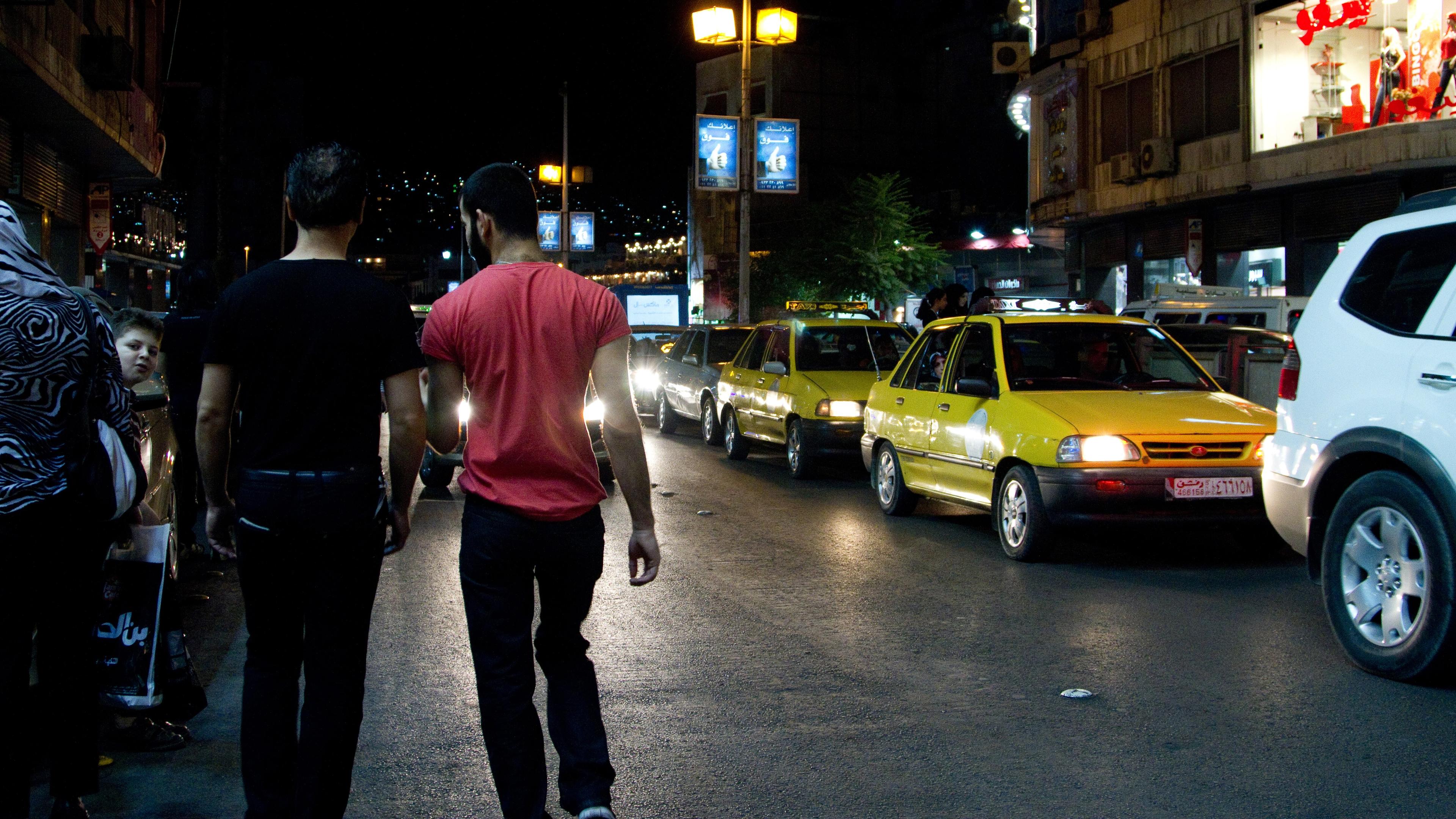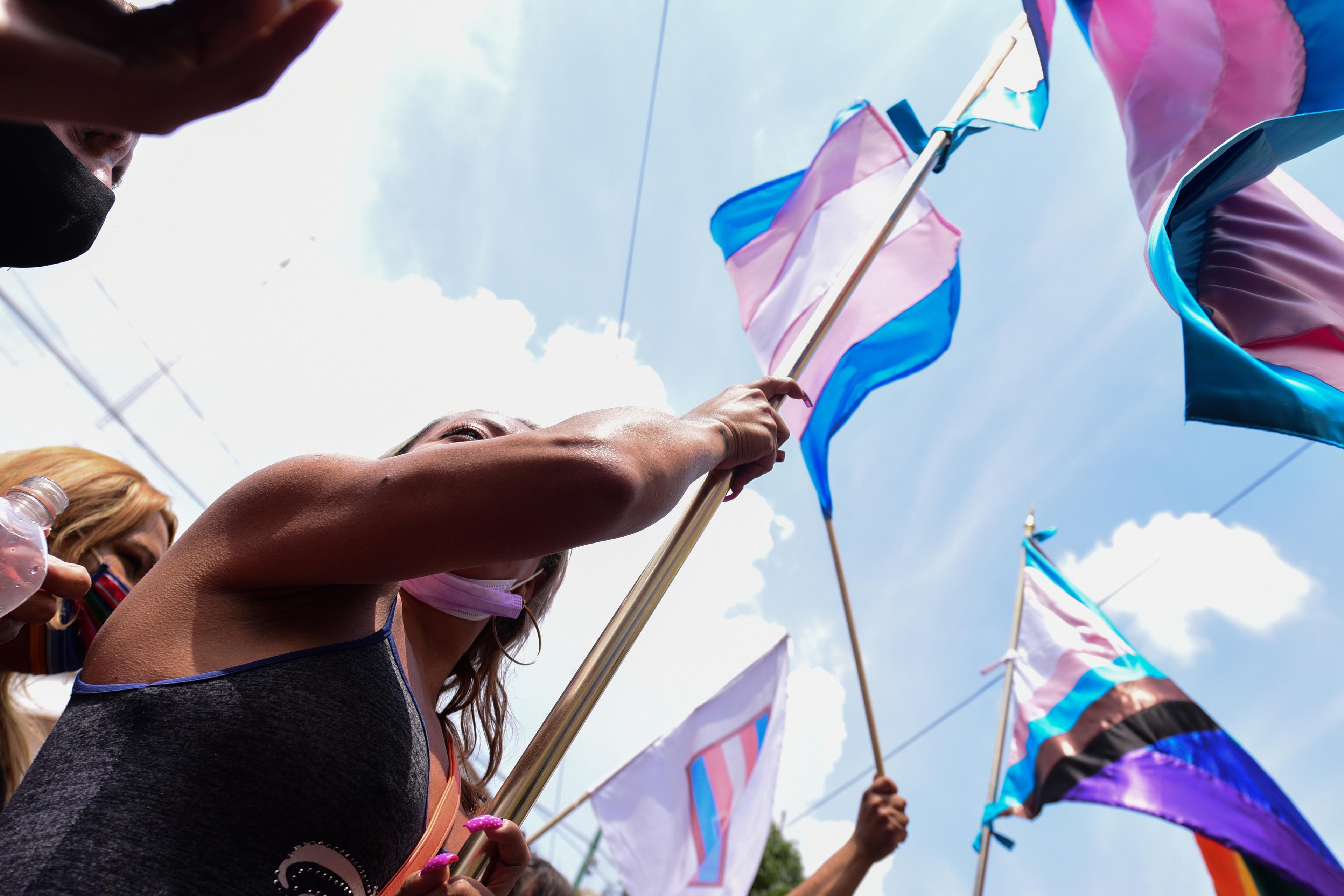After a talk at Stanford University in 2013, Rachel Maddow was asked about the feeling among young people who are gay that they should be ‘out’ as members of the LGBTQ+ community. In replying, Maddow – the first openly gay anchor on a major US primetime news programme – told the audience:
Everybody needs to find their own way, and I’m never going to tell anybody when they should come out and when they shouldn’t. But I can tell you that it is better to be out than not to be out, if you have the choice … If you come out, you are marginally making it easier for people who come after you who are also born gay to come out because you are one of the people who has made yourself known to everybody around you … By people knowing that you are gay, you are changing the world incrementally to make it so that there is one less secret in the world …
Maddow is not the first to give this advice. Overwhelmingly, people who live with identities that are stigmatised but concealable are encouraged to come out – to make those aspects of themselves known to those around them and to the world. Take National Coming Out Day, which started in 1988, as one example: given the harm caused by anti-LGBTQ+ stigma, community advocates annually encourage and celebrate LGBTQ+ people coming out in order to increase their groups’ societal visibility and thus, hopefully, to reduce the stigma they face.
Questions about concealment and disclosure aren’t relevant only for the LGBTQ+ community. People with many different types of stigmatised identities contend with decisions about whether and to whom to disclose these parts of who they are. Religious minorities, people with mental illness, those with ‘invisible disabilities’ such as speech impediments, and people with certain medical conditions or histories – such as being HIV-positive, having had an abortion, or even having been exposed to COVID-19 – are just some examples of the groups who must sometimes weigh up whether to disclose stigmatised details about themselves, and who are often encouraged to disclose them.
But if we focus too narrowly on encouraging disclosure, we risk glossing over the complex factors that weigh on members of stigmatised groups as they make decisions about whether, when, and to whom to disclose their stigmatised identities. (Maddow hinted at these factors in saying that ‘Everybody needs to find their own way.’) I and other social scientists are in the process of learning more about the positive and negative outcomes of decisions to conceal or disclose – and about how other people react to those decisions.
There are, of course, laudable goals behind the encouragement to come out, and more than one potential benefit of doing so. At an individual level, people who reveal a part of their identity that was previously kept private get to experience the joy of feeling more authentic, and often have stronger connections to their communities. At a societal level, organisers of initiatives like National Coming Out Day are probably right that more people coming out will lead to more acceptance of their groups. Psychologists have long known that one of the best ways to reduce prejudice against stigmatised groups is for people to have more interactions with members of those groups, under the right conditions. Friendships between members of stigmatised and non-stigmatised groups are particularly helpful for reducing prejudice against stigmatised groups. So, the logic goes: if more people disclose their stigmatised identities, there will be more opportunities for interactions and friendships between people who are known to be members of different groups, which should in turn help to reduce prejudice.
But what about those people who don’t want to come out, or feel that they can’t? After all, despite the incentives for disclosure, concealment remains common among members of many stigmatised groups. Erving Goffman, the sociologist who is often credited with popularising the study of concealment in the social sciences, asserted in his book Stigma: Notes on the Management of Spoiled Identity (1963) that nearly all members of stigmatised groups whose identities are concealable will choose to conceal those identities at least some of the time. In research from 2019, half of sexual-minority participants indicated that they would not reveal their sexual orientation if they were talking to a hypothetical straight person about an issue related to LGBTQ+ groups.
It’s easy enough to understand why many people are motivated to conceal their identities when it is possible to do so. Members of stigmatised groups commonly experience prejudice, discrimination, ostracism and even violence on the basis of their identities or attributes. For example, 57 per cent of LBGTQ+ survey respondents in the US report having experienced threats of violence or harassment aimed at them because of their sexual orientation. For many people, concealing the part of them that is stigmatised may seem to be the most effective way to try to avoid these risks. Research finds that, when people conceal, they do so with the expectation that it will help them avoid prejudice. And in my own research, people who rate their stigmatised identities as being more concealable (ie, people who feel that they can easily ‘pass’ as a member of a group other than their own) tend to report experiencing less prejudice on the basis of their identity. They also describe themselves as being less anxious around people from groups different from their own, and report being more willing to initiate interactions with members of those groups.
Other research suggests that people outside a stigmatised group might not fully appreciate these understandable motives for keeping a stigmatised identity hidden. In studies my colleagues and I have conducted, when participants are told that someone has been concealing some aspect of their identity, they judge that person to be less moral and less sociable than someone who discloses that same thing to others. This was true across many different concealed identities, including sexual orientations, religions, occupations and ages. Even the timing of disclosure could matter in terms of how someone is judged. Some research has indicated that in interactions between gay people and straight people, gay people who disclose their identities earlier on in the interaction may end up being liked more by their straight interaction partners than are those whose identities are disclosed only later.
Many members of stigmatised groups therefore find themselves in a challenging bind, having to balance their goals to avoid prejudice and discrimination against the goal to allow others to see them as they authentically are – and possibly a goal to promote increased visibility for their group.
Perhaps you have personally found yourself in this position. If you haven’t, what would you do if it was you? Would you conceal your identity to avoid unfair treatment, ostracism or even violence, while keeping something potentially important about yourself hidden from those around you and from society? Or would you disclose your identity, allowing others to experience you living publicly as you are, but bearing the risk of mistreatment? Or, might you take a hybrid approach, strategically concealing or disclosing at different times, depending on the context and what felt safe and appropriate?
There’s not one correct answer. It would be both inappropriate and inaccurate to make a broad proclamation that concealment is always ‘good’ or ‘bad’. We can see it instead as a complicated coping strategy full of possible upsides and downsides for individuals and for society. This means that, if the goal is to improve the lives of members of stigmatised groups, pushing people to come out about any stigmatised identity before they feel ready – or judging them negatively for their reluctance to do so – might be unwise. Coming out can be personally liberating and socially powerful. But it falls to everyone, not just those from stigmatised groups, to work toward eliminating stigma – so that people are no longer forced to make a fraught decision between disclosure and concealment.








